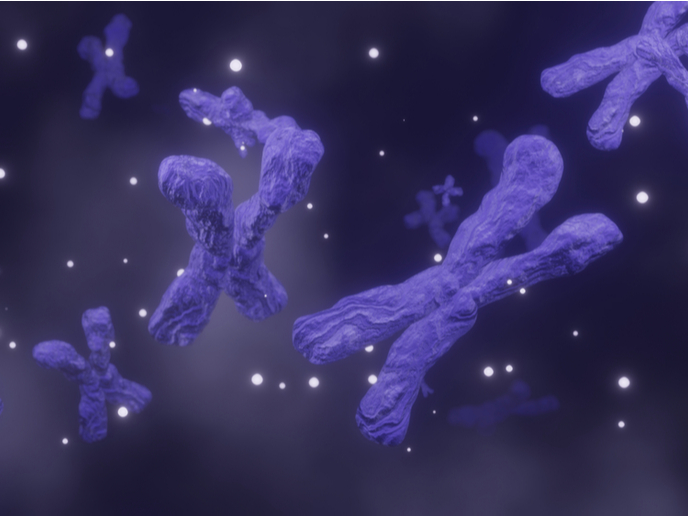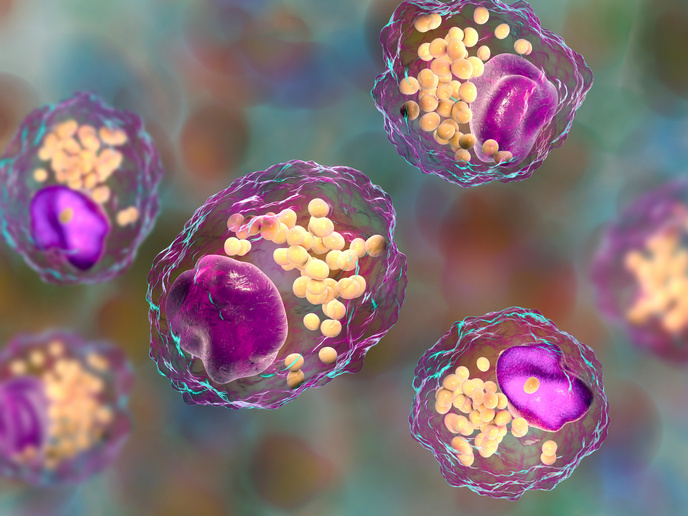Understanding how HIV-1 escapes the immune system and causes infection
Despite developments in antiretroviral therapy, HIV continues to be a major global health problem. In fact, every year, over 2 million people are infected by HIV-1, the most common type of Human Immunodeficiency Virus. By destroying CD4 cells, the cells that help your body fight infections, the virus severely damages the immune system. Although antiretroviral therapy can limit virus replication, chronic infection leads to comorbidities, meaning novel methods are needed to strengthen the immune system. The key to curing HIV is to better understand how the virus attacks the immune system – which is where the EU-funded SENTINEL (HIV-1 sensing and signaling in dendritic cells) project comes in. “We set out to identify the mechanisms used by HIV-1 to escape the immune system and thereby promote infection,” says Teunis Geijtenbeek, a researcher at the Amsterdam University Medical Centre and SENTINEL project coordinator. “By identifying new strategies for enhancing innate antiviral immunity to HIV-1, we aim to limit infection and the establishment and progression of chronic disease.”
Groundbreaking discoveries
It has long been believed that HIV-1 is able to cause immune dysfunction by evading innate sensing in specific immune cells called dendritic cells. SENTINEL project researchers, however, discovered that the virus does not evade the innate sensing mechanism but instead actively suppresses it. “We were able to show that HIV-1 blocks a specific signalling pathway, thereby escaping the immune system,” explains Geijtenbeek. Following this discovery, researchers demonstrated that using drugs already approved for cancer successfully prevented HIV-1 from escaping. This restricted virus replication and strongly enhanced antiviral immunity. “Moreover, we identified a novel restriction mechanism in specific immune cells that blocked HIV-1 infection by capturing the virus and degrading it via autophagy,” adds Geijtenbeek. According to Geijtenbeek, the SENTINEL research strongly suggests that inducing antiviral innate immune responses in dendritic cell subsets delays disease progression and improves survival in chronic HIV-1 infected patients. “Our showing that the human TRIM5alpha protein is a restriction factor for HIV-1 is groundbreaking in that it was previously thought that this protein only protected against rhesus SIV-1, not HIV-1,” remarks Geijtenbeek. “Moreover, our results led to the discovery of a degradative pathway that destroys HIV-1 and that can be switched on in other cells.”
Preparing for a clinical trial
Researchers are currently designing a clinical trial for using drugs to prevent HIV-1 from suppressing immune responses, thereby enhancing antiviral immunity and limiting HIV-1 infection. “This trial will investigate using the drugs we identified to prevent HIV-1 from escaping immunity and help the immune system to sense the virus’ presence,” concludes Geijtenbeek. The SENTINEL project also discovered that the vaginal microbiome plays an important role in HIV-1 susceptibility by affecting the degradative pathway. This is something researchers are now investigating in detail to uncover the mechanisms and identify which microbiota are involved. Geijtenbeek also notes that researchers are investigating whether some of these pathways could also be used by other viruses, such as SARS-CoV-2.
Keywords
SENTINEL, HIV, immune system, antiretroviral therapy, CD4 cells, innate immune response, clinical trial







